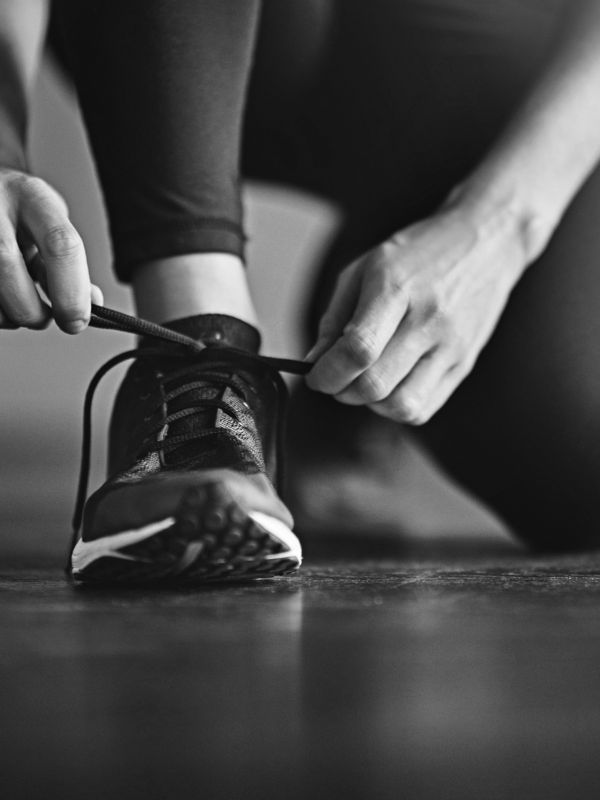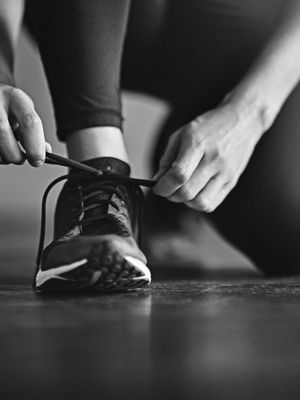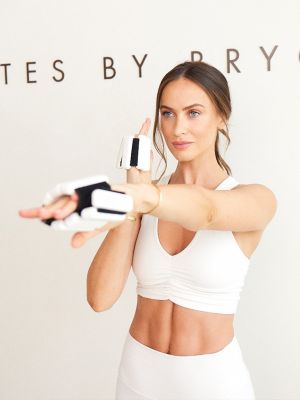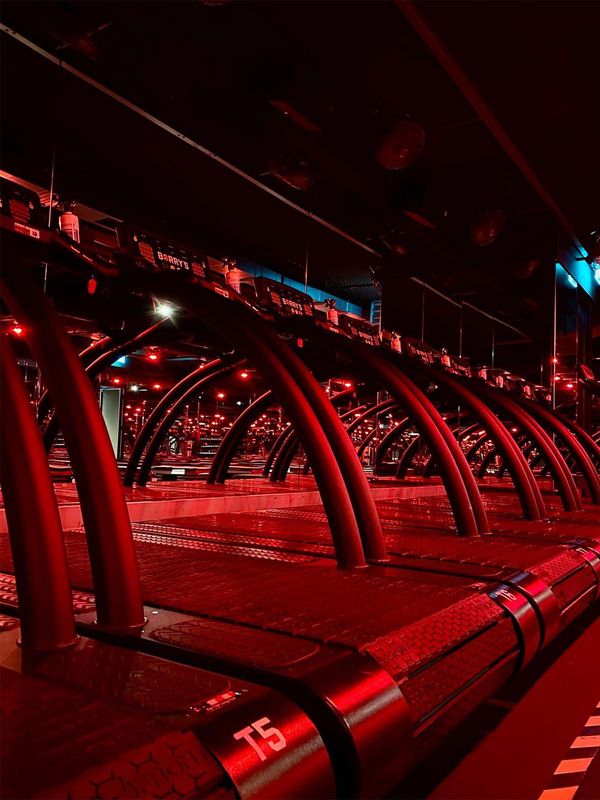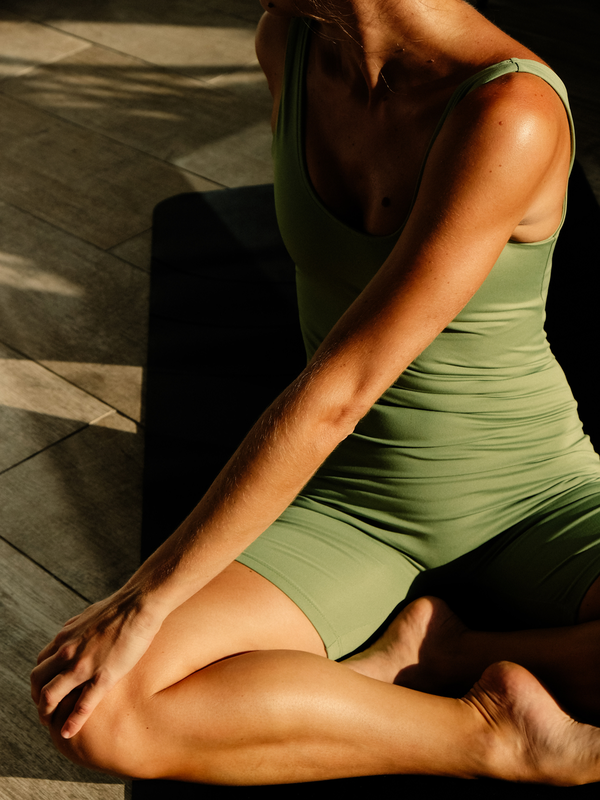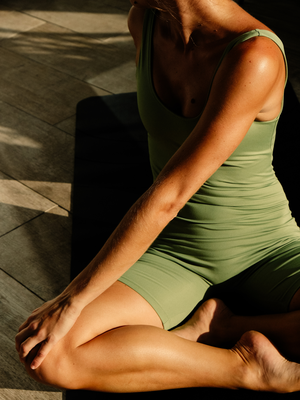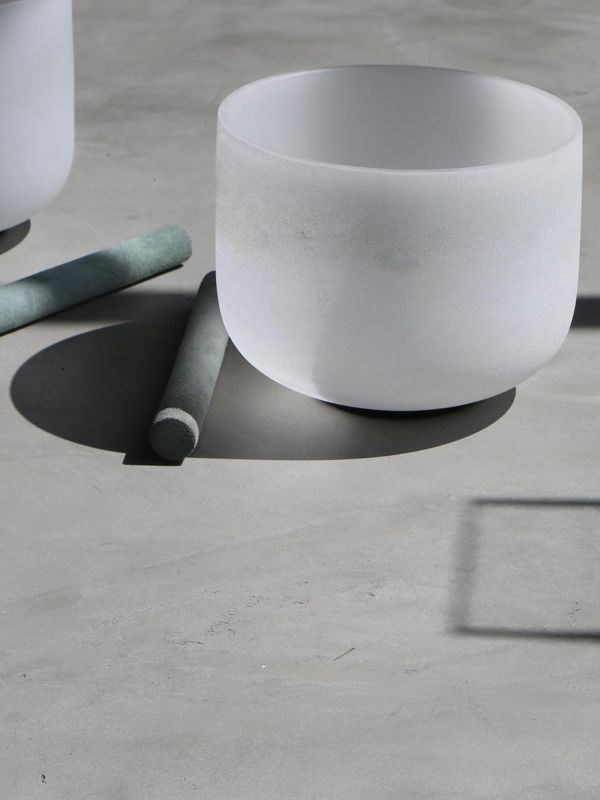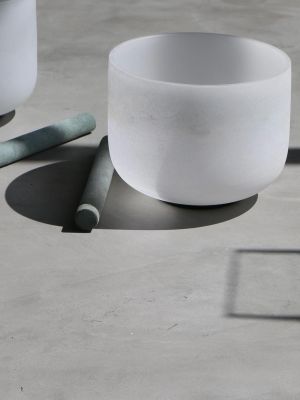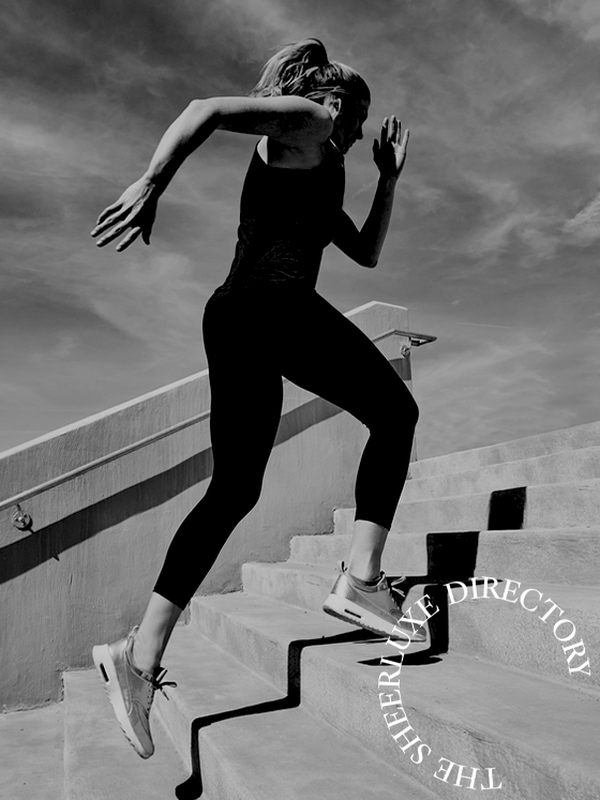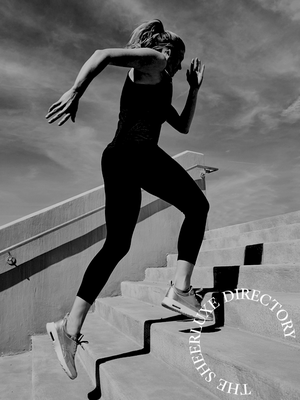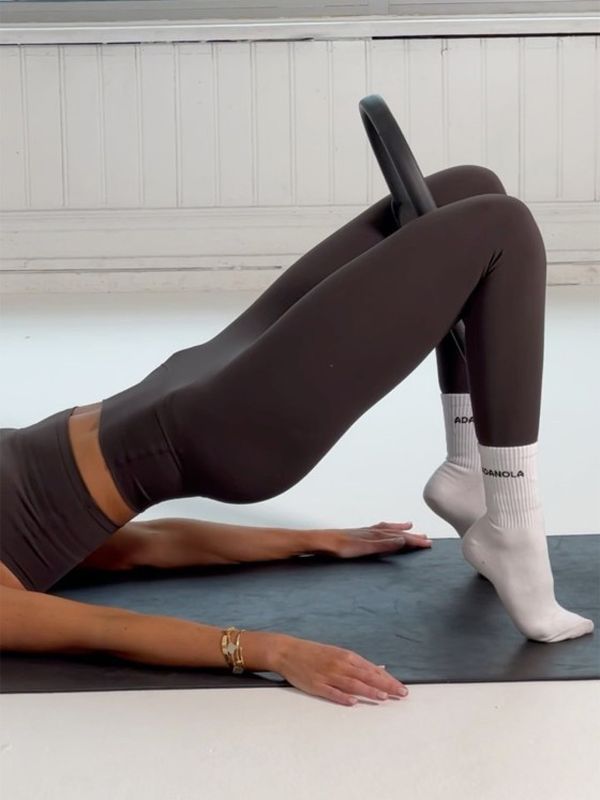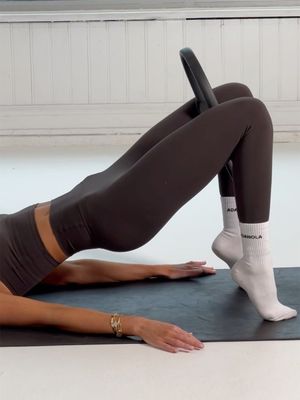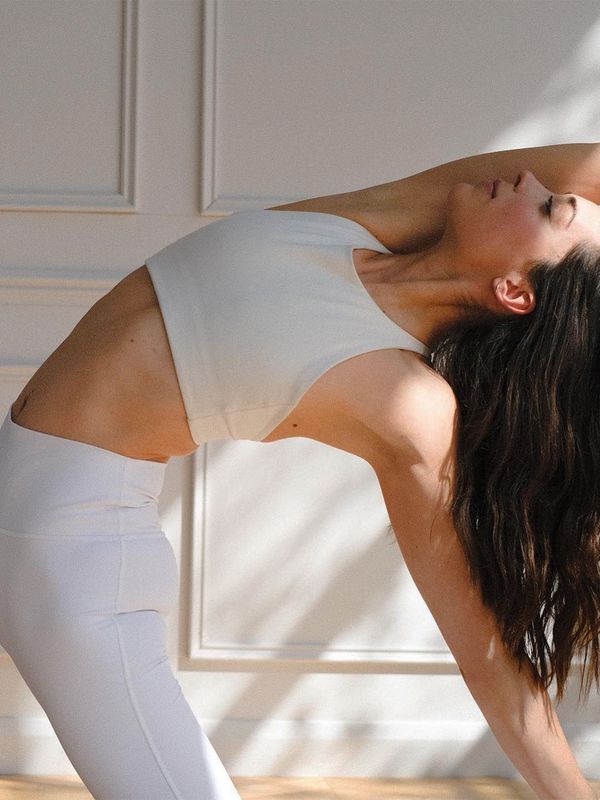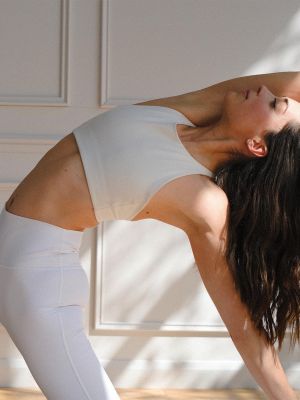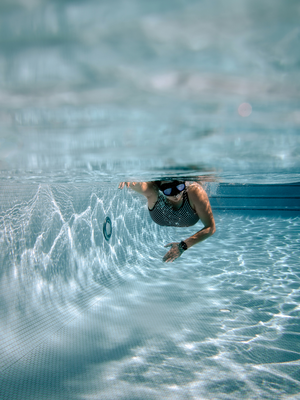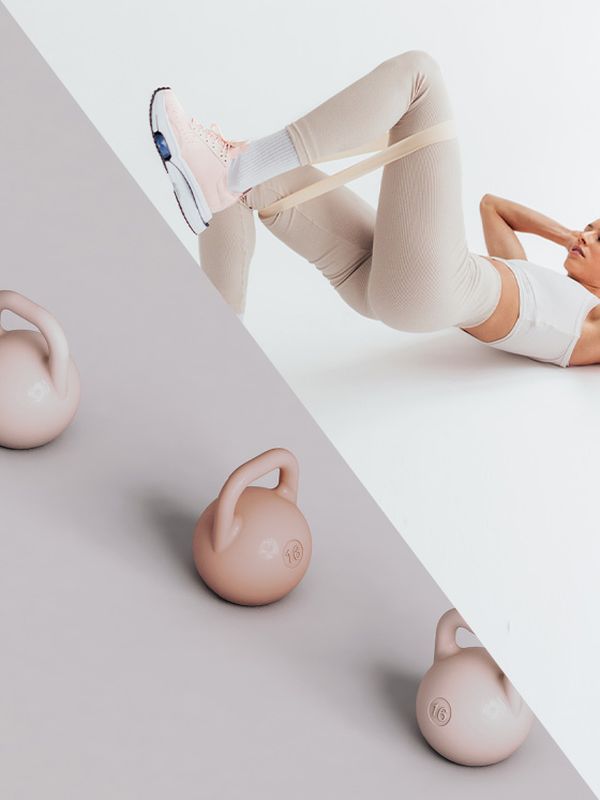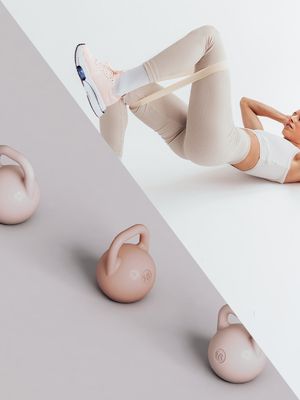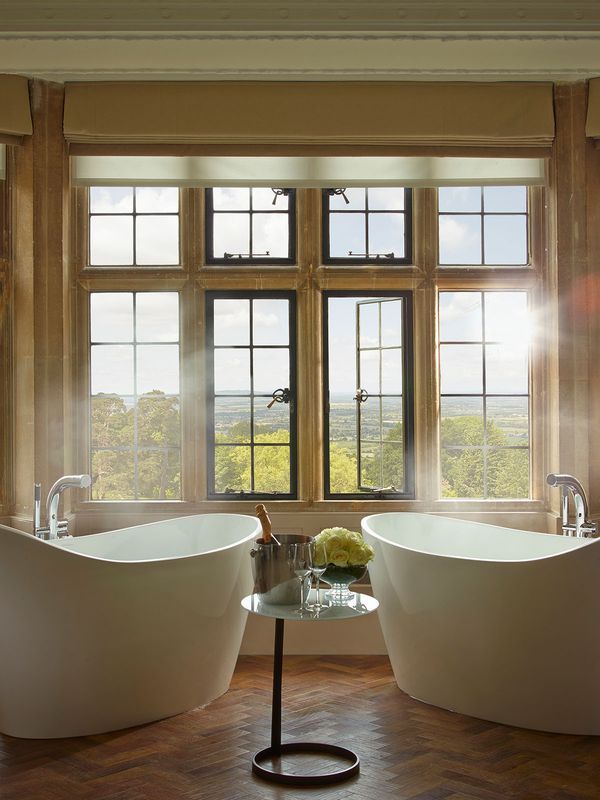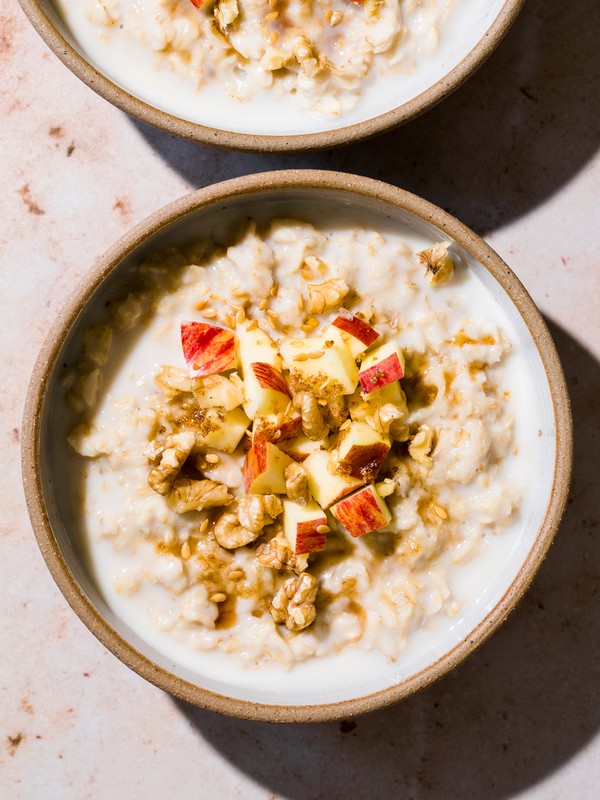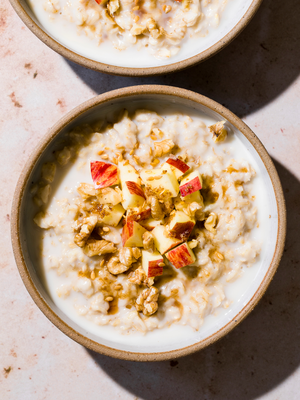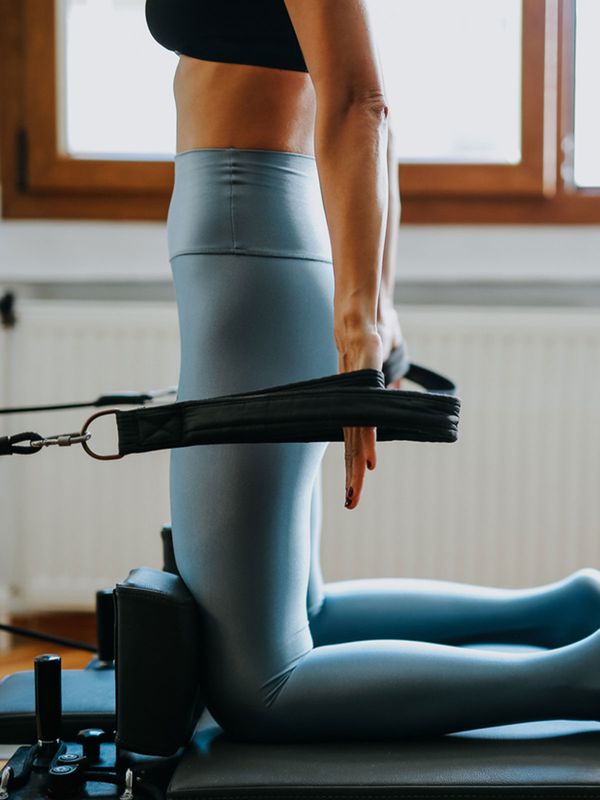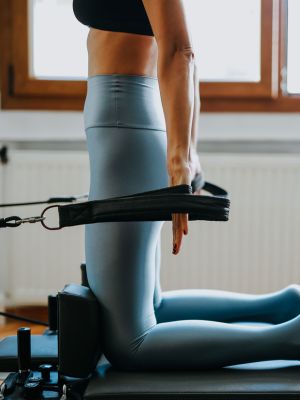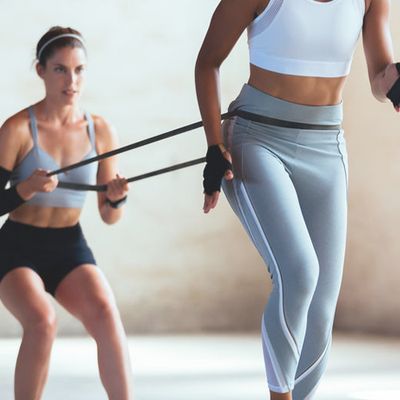
Are You As Fit As You Should Be?
Many of us are guilty of pretending we do enough fitness – but the truth can sometimes be far from it. In between working long hours, cooking dinner and catching up with friends, exercise often falls right to the bottom of our to-do list.
But, as personal trainer Faya Nilsson, aka @fitnessontoast, explains, working out regularly and looking after our body properly, is one of the most important things we can do for our physical and emotional wellbeing. “A healthy lifestyle shouldn’t be a temporary pursuit ahead of a holiday, followed by two weeks of bingeing – that’s maximum yo-yoing and doesn’t yield lasting results,” she says. “Instead look for an enjoyable, varied, long-term effective training regime which will last you a lifetime.”
To help you improve your fitness levels, Faya has put together the following guidelines, showing what to incorporate in a training programme depending on your age. She’s included a few exercises you should aim to be doing in your 20s, 30s and 40s in order to be in good physical condition.
In your 20s…
“The skeleton grows in both size and density up to the age of around 20 and most of what’s termed peak bone mass (when bones have reached their maximum strength and density), is acquired by the age of 18 in girls and 20 in boys,” Faya explains. “This makes youth the best time to invest in one’s bone health. At this stage, the body is strong and resilient and it’s the perfect time to build a foundation level of fitness. Make exercising a habit, and a regular part of your life.”
Your aim at this age is to be able to…
Play a game of high-intensity squash for 1 hour
Run 10k in an hour
Touch your toes comfortably
Try: A varied exercise programme
“A variation of exercises in your 20s is key and the aim is to build lifelong healthy habits,” Faya says. “Strength training in particular has countless benefits for your overall health - it helps to increase lean muscle mass, boost metabolism and improve your posture, to name but a few. Try to get into strength training, join a class or find a PT. You don't have to spend a fortune, and it may be worth teaming up with a few friends to split the cost. A few sessions will help you perfect your technique to ensure you’re training safely. Start off easy – perhaps train perhaps three to four times a week with a split routine, working different muscle groups through each session.”
In your 30s…
“It’s in your 30s the body first starts to lose muscle due to age,” Faya explains. “On top of that, many in their 30s and 40s work long hours in the office, often sitting down for much of the day which can result in further muscle loss as well as a bad posture. To combat this, move more every day (aim for at least 10,000 steps) even if it just means going to get some water every hour. Start lifting weights – this is a great way to gain muscle and strengthen the body. Finally, try yoga once a week to help lengthen muscles which may be suffering as a consequence of long days of sitting at the desk.”
Your aim at this age is to be able to…
Perform high intensity skipping for 4 minutes straight
Comfortably get into a downward dog
Hold the side plank for 1 minute
Try: These three moves
-
Wall angels (perform 10 reps x 3 sets, three times a week): Stand against a wall, bend your knees, tilt your pelvis forward (eliminating the gap between your back and the wall) and engage your abs. Keep your arms against the wall, but bend your elbows to a 90-degree point and slightly raise your arms, so your hands are basically level with your head. This is your starting point. Now begin to straighten your arms directly overhead, while keeping the elbows sliding up against the wall. Ideally, your forearms and back of the hands should stay in contact with the wall too.
-
Plank scapula retractions (10 reps x 3 sets, three times a week): Start in a plank position, with your elbows positioned directly under your shoulders and with the weight on your forearms and toes. Ensure you maintain a neutral spine – forming a straight line with your body from your head to your heels. Engaging your core, slowly retract the shoulder blades together. Hold for a few seconds, while keeping your abs braced, and return to starting position.
-
Pull-ups (once-twice a week): This is the ultimate strength test as it requires you to pull your own body weight and is an upper-body compound movement which works a number of larger muscle groups at the same time (your back, shoulders and arms). Get a PT to show you how it’s done properly in the gym and then perform once or twice a week. If you’re struggling, there are lots of different ways to strengthen your muscles to eventually allow you to perform this exercise – including trying negative pull ups (where you lower yourself down, rather than pull yourself up) and using resistance bands to help with some of the weight.
In your 40s….
“Women in their forties are at a higher risk of complications arising from brittle bones than men,” Faya says. “This is because the body is constantly undergoing the process of removing old bone and filling it in with new bone, but as we get older, the bones tend to lose strength. The levels of the hormone oestrogen, which protects bones, decrease sharply when women reach menopause, which in turn can cause bone loss. This is why the chance of developing osteoporosis increases as women reach the age of menopause, particularly if the menopause begins early (before 45). Luckily, women in their 40s can help prevent bone loss with regular exercise.”
Your aim at this age is to be able to…
Perform 10 (full) press-ups in 1 minute
Perform 20 walking lunges in 1 minute
Comfortably swim the crawl for 30 minutes
Try: Cardio and weight training
“If you’re completely new to exercise at this age, the best approach is a gradual one to avoid any injuries,” Faya advises. “Start off with walking regularly – this is one of the few cardiovascular exercises you can do on a daily basis without injury. Unlike running – which is high impact and puts your joints (especially your knees) under a lot of pressure – walking strengthens the joints. Once you progress with this, try power walking, walking uphill or hiking. Recovery overall can become harder as you age, so get a heart rate monitor and keep an eye out for how quickly you recover from an uphill climb, a two-minute skip or an intense powerwalk. Weight training is also good for women of this age. If you’ve not done much before, a good place to start is with full body workouts using only your bodyweight. A full bodyweight workout can be extremely effective and challenging.”
DISCLAIMER: We endeavour to always credit the correct original source of every image we use. If you think a credit may be incorrect, please contact us at info@sheerluxe.com.
